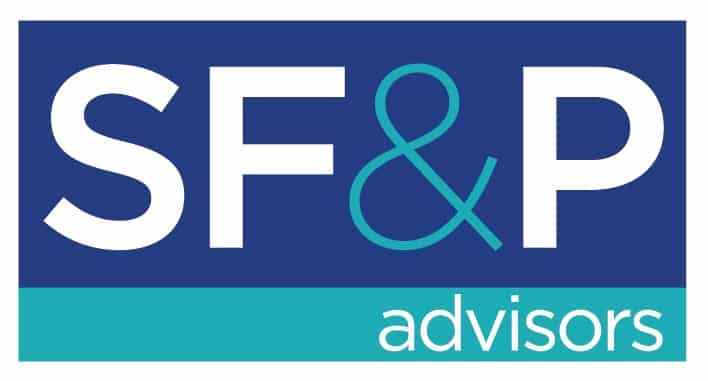As a home improvement contractor, one of your main focuses is tracking your sales percentages. This is due to a variety of factors:
- Your success in generating and capitalizing on new sales leads is paramount to the future success of your company.
- No matter the size of your business, you should be familiar with the percentage of sales leads you’re able to convert into paying customers.
- The more sales lead your business, the more you can retain a customer base and, therefore, the more profits you’ll start to reap.
- Closing rates can give contractors a clear picture of your sales team’s approach to “sealing the deal” and highlight weaknesses in your sales strategies.
You might find yourself asking, what exactly constitutes a “healthy” closing rate for contractors? There’s no one simple answer to this question, but below you’ll find a few insights to help you figure it out.
How Are Closing Rates Different for Contractors?
Many contractors in the construction industry struggle when it comes to sales percentages. This could be because the construction sales pipeline is different from other sectors.
- Generally, customers first contact several general contractors to hear budget proposals for their construction projects.
- These general contractors then contact various subcontractors in their networks and request subsequent bids for every trade in the potential sales lead.
- The subcontractors then have to provide bids for several different general contractors.
- Once a general contractor obtains a job, the subcontractors then have to pivot their sales approaches to cater to whichever general contractor won the bid.
While this isn’t always the case, sometimes customers will contact the subcontractors directly, or general contractors will have partnerships with specific subcontractors.
It’s also important to note that contractors will typically have two closing rates to focus on: the closing rates for sales leads in general and the closing rates on estimated jobs.
Different Leads, Different Closing Rates
How customers find contractors can result in different closing rates.
- Some customers find contractors through referrals. These customer interactions should net a significantly higher closing rate than other types of leads.
- Your referral closing rate should be over 50 %.
- If the customer is contacting you in response to advertisements, the closing rate can drop to under 20%.
- Sales leads that find your business through the Yellow Pages will range from 20 to 30% on average.
- Outbound closing rates should be anywhere between 20 and 30%.
When figuring out what closing ratio is right for your contracting business, you must first categorize what kind of leads you are researching and calculate your closing rates from there.
Is Your Closing Rate Too High? Or Too Low?
While you might believe that higher closing rates mean your sales strategy is working, that isn’t always the case.
You want a closing rate that best reflects:
- The size of your business
- Its place in the construction market.
- Its bidding strategies with customers and other contractors.
- The specialty services and products you provide.
- The different types of sales lead your company receives.
If your closing rates are below 15%, no matter the scenario, that is generally a metric of poor sales performance. If your closing rates are above 50%, it can mean that you’re not charging enough for your services.
A different perspective from Tom Reber:
How to Improve Your Closing Rates as a Contractor
Now that you know why it’s essential to know your closing rates as a contractor and what those rates should look like, here are a few suggestions to help improve them for your construction business.
- In today’s world of online shopping, your potential inbound leads aren’t going to wait around for you to respond to them. As a contractor, you need to communicate with sales leads ASAP.
- If you take longer than 30 minutes to get in touch, chances are they will have already turned to your competition.
- The more your attempt to contact your leads, the better chance you have of them responding. By your sixth contact attempt, the likelihood that they will at least engage with you leaps to 90%.
- Persistence helps close deals, along with the fact that your competition might only attempt to reach the customer once or twice.
- Focus on suitable outbound leads! Spending energy and resources on incompatible or inadequate quality leads reflects poorly on your sales strategy.
- High-quality, relevant leads help boost those numbers and reflect well on your sales lead judgment. Vet and qualify your leads before diving right in to save yourself valuable time and resources!

















